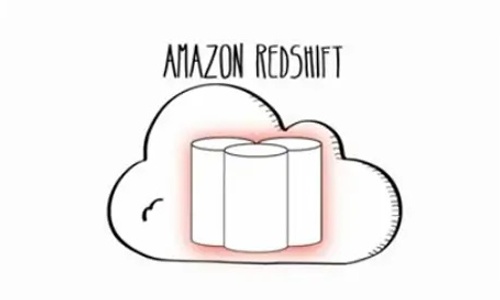So your application has gained traction and now your queries are starting to take a long time to run. Or maybe you are simply looking for a better way to run analytic queries against your ever growing data. This is when you might want to start looking into data warehousing. Deciding to start using a data warehousing solution is often hard, not only because the relatively expensive price tag involved, but also because it is going to be such an integral part of your business. So today, let’s talk about when you might want to consider using Amazon Redshift, a leading data warehousing solution from AWS, as your data warehousing solution.
Reasons for Choosing Amazon Redshift
1. When you want to start querying large amounts of data quickly
Amazon Redshift is built for querying big data. Instead of running taxing queries against your application database (or your read replica), you can run fast queries by setting up a dedicated BI database for running such queries.
You can connect to it via Postgres clients and easily run Postgres SQL queries. This means you don't need anyone dedicated to creating non-SQL queries just for analyzing your data. Instead, you can keep running the same SQL queries that you may be running today against your relational database. If your teams already write SQL, then Amazon Redshift can empower them.
Also, even if you already have some analytics software running, many of them are already compatible with Amazon Redshift so you are likely not to have any issues.
2. When your current data warehousing solution is too expensive
Price is often a very important factor when deciding what solution to use. Amazon offers Redshift at as cheap as $1000 per TB/year, which is a lot cheaper than many other solutions. Amazon Redshift is also scalable, so you can scale up clusters to support your data up to the petabyte level. More importantly, the flexible pricing structure allows you pay for only what you need. This is unlike other data warehouse offerings, which may start at upwards of $10,000 or more per year.
3. When you don't want to manage hardware
Just like other AWS services, Amazon will handle all the hardware on their end. This means you don't have to worry about managing hardware issues, which could be quite a hassle if you are running everything on-premise. In addition, monitoring can be done easily from the AWS Console. You can also set up alerts using Amazon CloudWatch to be quickly notified of any potential issues.
4. When you want higher performance for your aggregation queries
Amazon Redshift is a columnar database. As a columnar database, it is particularly good at queries that involve a lot of aggregations per column. This is especially true when you're querying through large amounts of data to gain insights against your data, such as when performing historical analysis, or even when creating metrics for your recent application data.
5. When you want an easy way to move data to your data warehouse
There are often difficulties with continually moving data to a data warehouse. However, because Redshift is within AWS, there are a few efficient ways to move data over to your Redshift cluster. You can move data onto Redshift from S3 using a COPY command or you can use Amazon’s Data Pipeline to start moving data to Redshift from other AWS sources. Additionally, you can try third-party vendors like our Integrate.io Sync to continually keep your MySQL instances synced with your Redshift cluster.
Conclusion
Overall, Amazon Redshift has definite selling points and there are many reasons to try it out. Especially if you are already on the AWS ecosystem, this managed data warehouse is especially attractive. Although Redshift comes with many advantages, there are some other points to consider when deciding on what solution to choose. For example, if you have an in-house Hadoop team already, or if your queries involve unstructured data or natural language processing, then other solutions may turn out to be a better choice. It is highly suggested that you take advantage of the Amazon Redshift free trial to see if it is right for you.
How Integrate.io Can Help
Integrate.io provides continuous, near real-time replication between RDS, MySQL and PostgreSQL databases to Amazon Redshift. The Integrate.io Sync tool is an intuitive, powerful, cost-effective way to automatically sync, capture and replicate the changes from your transactional databases to your data warehouse on AWS in a single interface with no manual scripting!
You can start a 14-day Free Trial and begin syncing your data within minutes. For questions about Integrate.io and how we can help accelerate your use-case and journey on Amazon Redshift.










